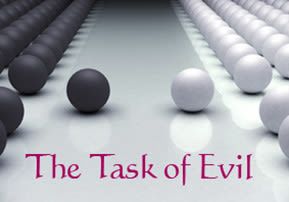
The Task of Evil
Evil has the power to obstruct Good. The Good must then receive help from man in the lower world. This creates a path of service for man in making room for good and rejecting evil.

Part 48 of “138 Openings of Wisdom” by Rabbi Moshe Chaim Luzzato
Opening 30, part 6
“God made also this one against this one” (Kohelet 7:14). Not only was evil brought into being; it was made parallel to good so that through the fact that things are parallel, there would be a place for service, as will be explained in its proper place. This means that good was not automatically put in control, for then, even if evil existed in the world, it would have been subordinate to good. Instead, “God also made this one against this one” — with equal power, on corresponding levels and with equal ability to act. This way, everything that exists on the side of good has something against it on the side of evil which, if it acts in the world, can cancel out that good. Thus evil has the power to challenge good and not allow it any place to act unless it receives help from man in the lower world. This creates an actual path of service for man in making room for good and rejecting evil.
However there are three important initial differences between them, which later give rise to innumerable other differences. The first is that the Sefirot are the will of the Emanator, blessed be His Name, Who is the single, unified Master, whereas the Other Side is merely one creation which the Master made because He wanted it, as it says: “He makes peace and creates evil” (Isaiah 45:7). Thus evil is subordinate to the sole Master and dependent upon Him and is merely charged with carrying out His order because this is what He wills.
The second difference, which derives from the first, is that the power of the Sefirot was exactly calculated in accordance with God’s will. What this means is that the Master, blessed be He, does not want to act in any other way except this. However, had He wanted, and wherever He may want, He can increase their power according to His will. With the power they have at present, it appears that the Other Side can challenge them and leave no place for them to function. However, if Eyn Sof, blessed be He, had wanted, He could have increased the power of the Sefirot as much as He liked and the Other Side would no longer have the slightest ability to challenge the Holy Side. But compared to the power of the Sefirot, the power of the Other Side is truly limited. It only has what is in it now and it cannot in any way go outside its limit, even if it wanted.
The third difference is that the root of good was primordial and did not have to be brought into being as a new creation, while the root of the Other Side was a new innovation. The root of the Other Side is deficiency, which came into being only after the Tzimtzum.
This provides the answer to what seems to be a major difficulty. For it appears that evil has two places while good has only one. To explain: If we were to interpret “also this one against this one” as referring to the good and evil in the Sefirot themselves — i.e. what remained of the initial perfection (good) and deficiency (evil) — we could justly call the Other Side the offshoot of evil (i.e. of the deficiencies), just as we call the Holy Side the offshoot of good. However, this is not the case. For we say that it is the Holy Side in its entirety and the Other Side in its entirety that are “this one against this one”.
And there is a strong reason why we have to say this. For besides the nations of the world and the angels of destruction, there is something else as well: the Ten Sefirot of the Husk, as explained in the Zohar in several places (Zohar, Pekudey, 242a; 264b). Now against Israel and the ministering angels we can put the nations of the world and the angels of destruction, corresponding to perfection and deficiency. But to what can we say that the Ten Sefirot of the Husk are parallel? They are a root that was created for the sake of their offshoot — the nations of the world and the angels of destruction — whereas the Sefirot of Holiness are not a created root; they are God’s essential will and are therefore not parallel to the root of the Other Side. We cannot say that the Ten Sefirot of the Husk are parallel to the Ten Sefirot of the Holy Side, because it has already been stated above that the root of evil is the deficiencies in the Holy Sefirot. If so, what is the place of the Ten Sefirot of the Husk?
This problem is resolved because of the third difference that exists between the Holy Side and the Other Side, as explained above: the Holy Side did not require a new root, while the Other Side needed a new root to be made for it since it did not have one. Therefore all the deficiencies in the Sefirot are nothing but a newly created root for the Other Side, and what develops out of it is the Other Side itself. We thus have here two roots and two offshoots. The primordial root is the one, unified Master, blessed be He, besides Whom there is none other — Eyn Sof, blessed be He, and what unfolds from Him is the Sefirot. And with the unfolding of the Sefirot, the Supreme Will created a new root — the deficiencies in the Sefirot — to serve as the root for a different consequence, which is the Other Side with all that it involves.

Thus one cannot compare the Sefirot with their deficiencies, for the Sefirot are a branch and an extension of the primordial root, which is Eyn Sof, blessed be He, while the deficiencies in the Sefirot were newly brought into being to serve as the root of the Other Side. We can only compare the offshoot with the offshoot — the Holy Side, which is the offshoot of the primordial root, and the Other Side, which is the offshoot of the deficiencies willfully brought into being by the Supreme Will in order to reveal His perfection through their repair, as discussed above. This is why Israel are the true firstborn, for since their root lies in the primordial good, preceded evil in the developmental chain, for the Holy Side always precedes the Other Side.
Now you can see how the Other Side emerged. Initially one light of holiness remained — the Residue, which is an extension of the primordial Root. However, this light contains a certain deficiency, and it is this deficiency that becomes the root of the Other Side. But this deficiency is not a branch parallel to that light of holiness — it is impossible to say that the deficiencies in the Sefirot are equivalent to the Sefirot themselves. This is because the deficiencies were newly brought into being to serve as the root of the Other Side. They are thus considered a root and not an extension, whereas the Sefirot are an extension of the primordial Eyn Sof. The deficiency in the light of the Residue is one root, from which the Other Side later emerges, a branch parallel to a branch. The Sefirot themselves are a branch of the primordial Root, while the deficiencies in the Sefirot are a new root from which the Other Side develops as a branch.
This is the reason why, as you will find later, the husks of the world of Atzilut stand facing the Holy of Holies of Beriyah. For it is not possible for the branch constituted by the Other Side to be standing facing the branch of Holiness. For not just the branch (the Other Side itself) but even the root of that branch could not come into existence until after the holy branch, the Sefirot, were already there. The holy branch had a certain deficiency, and then out of this deficiency developed the root of the Other Side. And from this new root there afterwards emerged the branch, the Ten Sefirot of the Husk — the Other Side.
To be continued.
(Rabbi Avraham Greenbaum is the director of Azamra (http://www.azamra.org/). The 138 Openings of Wisdom is available for purchase online at http://www.azamra.org/Product_pages/openings.htm)




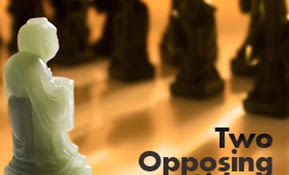
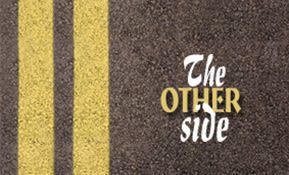
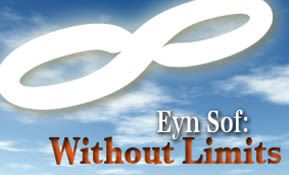




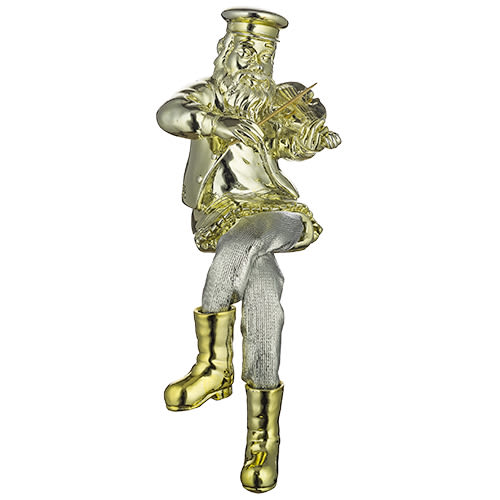
Tell us what you think!
Thank you for your comment!
It will be published after approval by the Editor.